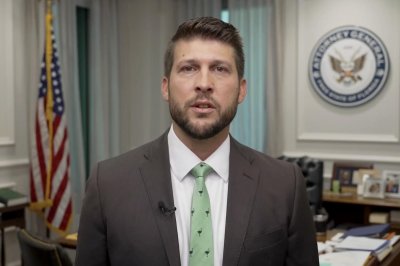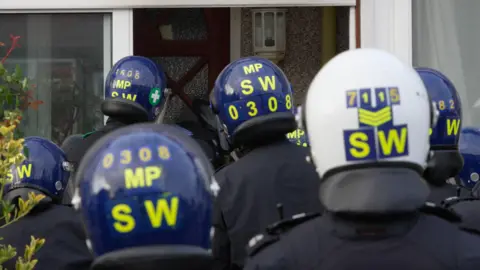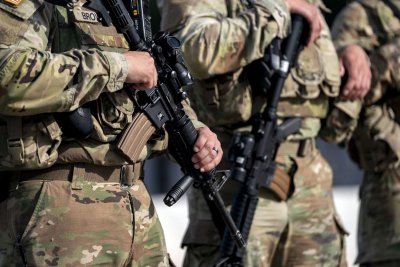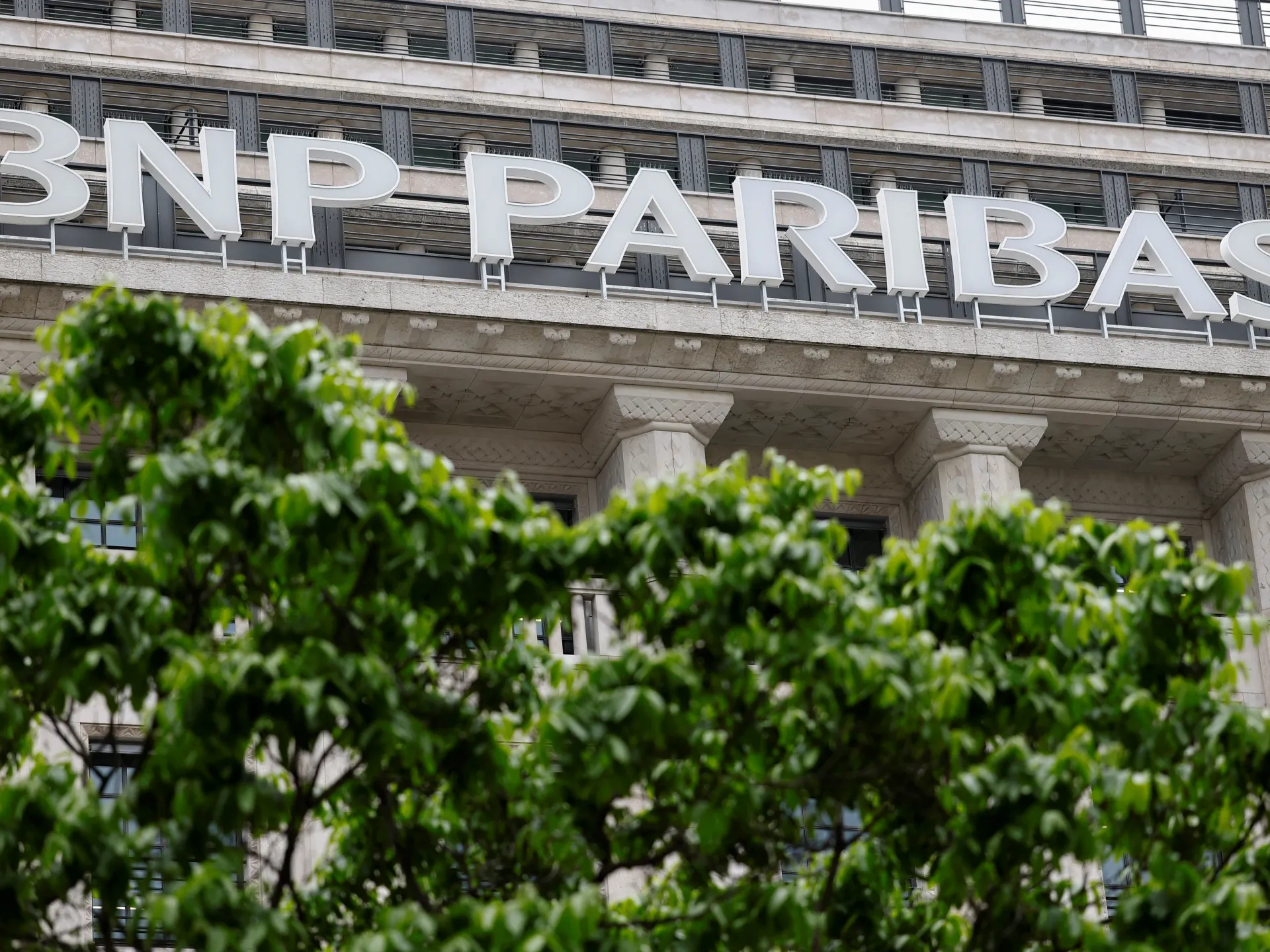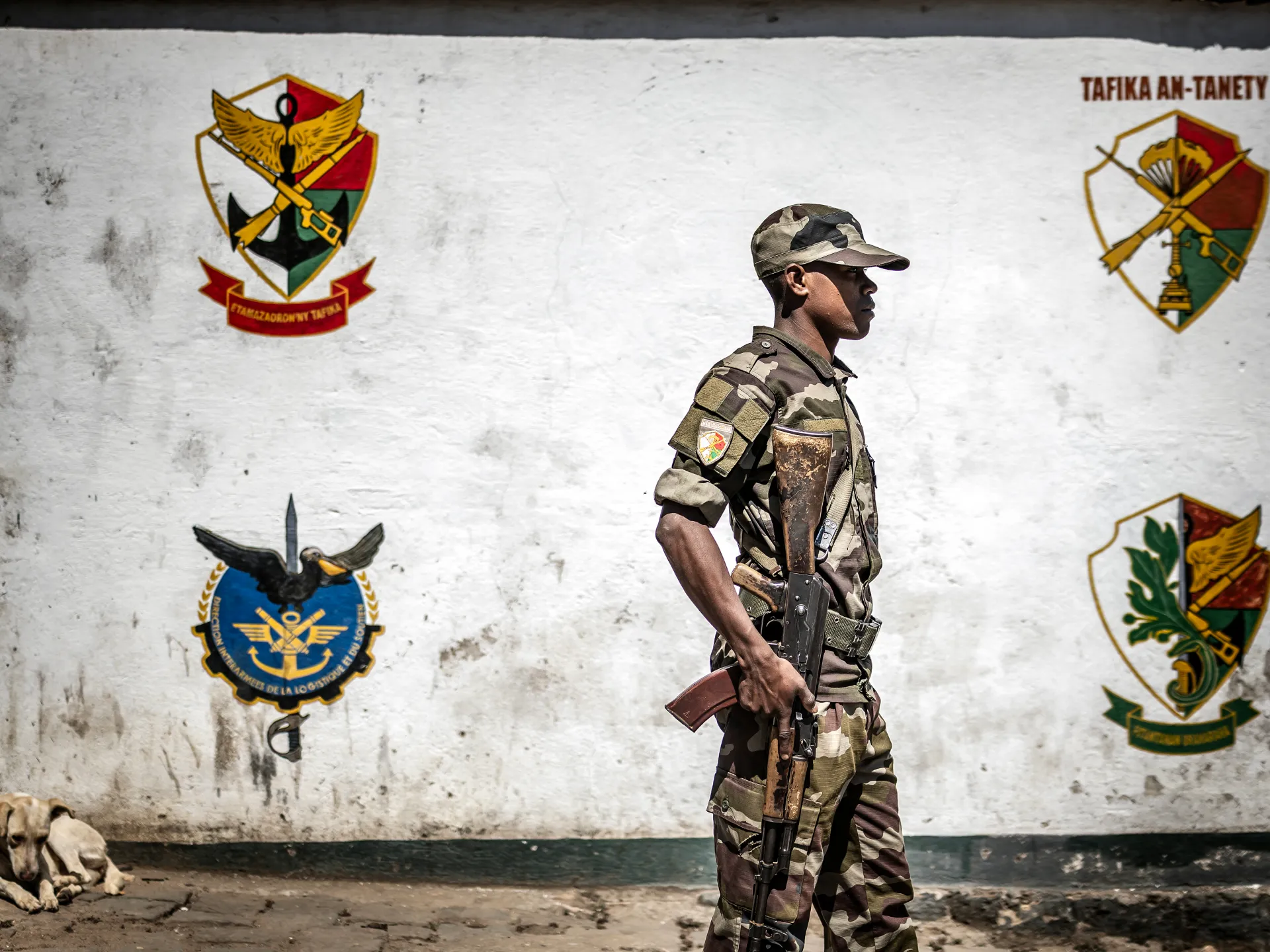If you TikTok on any particular night and you can watch America arguing with itself. Most teenagers scroll through protest videos, culture-war debates, and endless outrage while rival nations quietly observe something far more consequential – the erosion of the attention of the American youth.
Think of two children, one spends an entire day watching protest clips and debating identity issues online. The other spends that same time learning robotics or coding. A decade later, only one of them is shaping the technologies that define the future. Multiply this very difference by millions and the picture becomes clear. This is how foreign countries can gain a subtle but powerful advantage by encouraging distraction.
While American youth is drawn into ideological skirmishes, China is building artificial intelligence laboratories, investing heavily in space technology, and cultivating discipline among its students. Russia, though economically weaker, still benefits by showcasing American confusion to its own citizens. By pointing to social division and cultural chaos, it strengthens the illusion that its own model offers stability. The battlefield today is not military; it is psychological.
The New Frontline of Power
I believe that the most contested territory of the 21st century is not land or trade routes but attention. Data may have been the ‘New Oil’ but Attention and the ability to capture and control it is the ‘New Data’. If you control the minds, you control the country. Young Americans live in a constant world of images, arguments, and notifications that shape how they see their nation and their ideological beliefs. They are politically aware but emotionally exhausted.
Several Surveys by the Pew Research Centre show that nearly half of American teenagers believe social media has a mostly negative effect on their generation, and about 1 in 5 say it has harmed their mental health in one way or another. What began as a tool for connection, has become an arena for reactivity, chaos and following social media trends. News is consumed not to understand but to respond.
America’s openness which has been its defining strength, has become a point of vulnerability. During the 2016 election, Russian operatives deliberately amplified such issues online, pushing both liberal and conservative extremes to deepen mistrust and cause diversity. The aim was not persuasion but polarization. It was a targeted attack on the people of America.
TikTok on the other hand, which is China’s most successful global export is designed to capture attention through endless entertainment, while its domestic version, Douyin, restricts usage for minors and promotes educational and patriotic content. The Chinese youth are trained to create and compete, while American youth are taught, unconsciously, to scroll. Why is Douyin used in China and not TikTok? Why isn’t conventional social media banned in China? What does China know about these social debates that it wants to control the flow of media and western ideologies into their country? One should question what Is really happening
The Economics of Distraction
Attention is now a form of economic power. Nations that focus their youth on innovation and competence will dominate the coming century. Those that reward distraction will decline.
The Center for Strategic and International Studies reports that China graduates more than one million engineers each year, nearly four times the number produced in the United States. When a country’s young population spends more time debating cultural issues than mastering scientific ones, it weakens its long-term competitiveness.
Political consequences follow. Polarization has become both symptom and strategy. Congress spends increasing time performing ideological battles instead of solving practical problems. Rivals interpret this as evidence that democracy can be paralyzed by its own openness, and citizens begin to lose confidence in their institutions.
The Algorithmic Advantage
Algorithms have become invisible editors of public life. They decide what people see, what they feel, and eventually what they believe. A Wall Street Journal investigation found that TikTok’s recommendation system can guide users toward extreme or divisive content within minutes of signing up. Douyin, in contrast, enforces time limits for minors and promotes academic material.
The difference in design reveals a difference in philosophy. American platforms optimize for engagement. Chinese platforms optimize priamrily for control. Both shape human behaviour, but only one leaves its users fragmented and fatigued.
Every moment of outrage online generates data, engagement, and profit. The more polarized the conversation, the stronger the business model. That is the genius of this weapon, it destabilizes societies while appearing voluntary. It is a quiet killer of growth, it is the quiet killer of a bright future. Why? Because it changes the nature of the populus to focus on ideological differences, to argue and debate on that rather than focusing on innovation, growth and developing. The American Citizen has become vulnerable to these power plays.
The Psychological Toll
This constant exposure to ideological battles leaves deep psychological marks. A few studies link sustained online conflict to higher anxiety, moral fatigue, and declining trust in authority. People become more skeptical yet also more suggestible, believing less but reacting more quickly.
The youth, despite being more digitally focused, remain more adaptable in belief than older generations. The real danger here, is not what they believe but that they begin to doubt whether anyone can be trusted to tell the truth. When the trust has evaporated, societies become easier to manipulate and it gets much harder for the country to unite and focus on growth and development.
Building Cognitive Resilience
Safeguarding democracy today requires much more than merely armies and technology, rather it requires citizens who can think clearly in an environment designed to distract them. The solution lies in resilience, not censorship or media control. Lets discuss some points that can be adopted to fight this battle
Teach Media Literacy: Schools should help students understand how algorithms shape their perceptions and emotions. Research shows that even brief digital literacy training reduces belief in false information.
Make algorithms transparent: Tech platforms should disclose what content they prioritize and why. Independent audits can reveal manipulation before it spreads.
Rebuild Offline Living: Communities that meet face-to-face build empathy that online arguments cannot. Dialogue, Community building and local participation restore the sense of shared purpose that social media erodes.
Expose Interference very Quickly: Governments should publicly reveal foreign manipulation as soon as it is detected. Transparency disarms propaganda faster than denial.
The Human Cost and the National Risk
Beneath this jargon is a human story. It is the that teenager that watches TikTok before bed and wakes up anxious without knowing the reason for that very anxiety. It is the citizen who cannot trust any sources of news. It is the slow disintegration of focus and faith in the conventional media and the American government.
Many foreign powers have learned that it is cheaper to just divide America than try to defeat it using any Economic or Military power because they sure are too strong on that front controlling the one of the most globally traded currency and one of the strongest Military powers in the world. Their weapon is distraction, which is engineered with precision and amplified through emotion.
The remedy is not to close society but to strengthen it. Attention in itself needs to be treated as a civic skill, something to be trained and protected. The ability to pause, reflect and filter out unimportant and hate-causing content is America’s last line of defence.
The next great contest between open and closed societies will not be fought on a battlefield but in the minds of the populus deciding whether to react or to think. If America’s strength once came from its freedom to speak, its survival now depends on its willingness to listen and act be aware of what is really happening.






